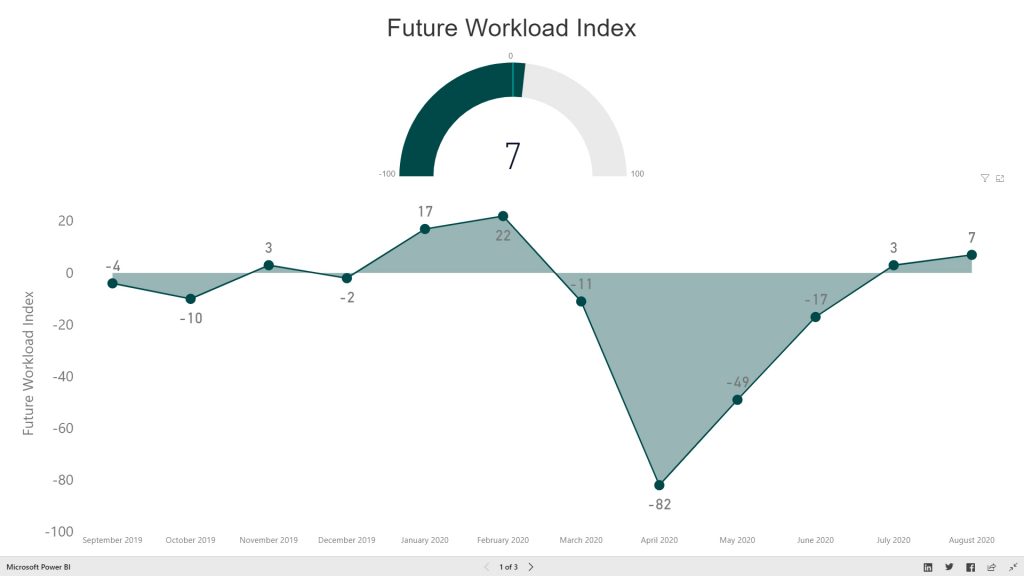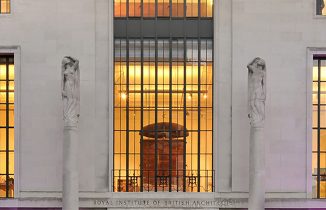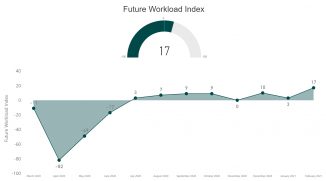
In August 2020 the RIBA Future Workload Index remained positive at +7, with 31% of practices expecting a workload increase, 24% expecting a decrease, and 44% expecting workloads to remain the same over the next three months.
Regionally, the North of England returned to pre-Covid levels of confidence with a score of +25; Wales and the West remained at +30, and the South of England at +10. London and the Midlands & East Anglia meanwhile provided some cause for concern, both returning figures of -9.
Small practices (1 – 10 staff) remained the most optimistic group, posting a workload figure of +8, while large and medium-sized practices (11 – 50 and 51+ staff) were less confident, returning an average zero balance figure, compared to +13 in July 2020.
Among the four different work sectors, private housing continued to be the only area anticipating growth – returning a balance figure of +17 – while the commercial sector fell five points to -20, the community sector sat at -11, and the public sector fell slightly to -5.
In terms of staffing:
- Almost one in five practices (19%) expect to see a decrease in the number of permanent staff over the next three months.
- 74% expect permanent staffing levels to remain consistent.
- 8% expect permanent staffing levels to increase.
- Permanent positions are most vulnerable in London, with almost a quarter of practices expecting to have fewer permanent staff in the next three months, and only 5% expecting to have more.
- 32% report personal underemployment.
- 65% expect profits to fall over the next twelve months, and 7% expect that fall to threaten practice viability.
- 14% of London practices questioned their long-term viability.
- The average percentage of furloughed staff fell from 20% to 10%.
- 20% of staff are working fewer hours than they were pre-Covid, with those in London most likely to be working fewer hours.
- Across England, an average of 2% of have been made redundant; in London, that figure rises to 3%.
RIBA Head of Economic Research and Analysis, Adrian Malleson, said: “These August results mark a moment in time and sentiment before this week’s announcements, which are likely to make the operating environment for architects more volatile.
“Anticipated workload growth has been driven by relative optimism about private housing, and primarily by architects outside London. Private domestic work, commissioned in response to the virus, seems to have become the lifeblood of many small practices, with many homeowners turning to architects to design spaces that support current ways of living.
“Nevertheless, significant challenges remain for practices who rely on the commercial sector, with many clients cautious to commit to future projects. Reports of slowed planning applications, increased material cost, and restricted flow of finance as institutions wait for greater certainty before investing are also significant.
“Over the past three months the confidence and sentiment of practices has swung like never before, and we can expect further fluctuation as we move into the final quarter of 2020. RIBA members will continue to receive dedicated support and assurance that their concerns are being raised across government, at the highest level.”
Related Article: https://www.constructionviewonline.co.uk/2020/09/15/invest-in-planning-to-help-house-building-sector-bounce-back-says-fmb/




